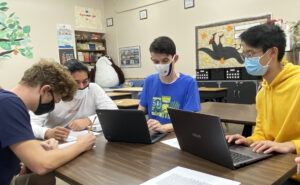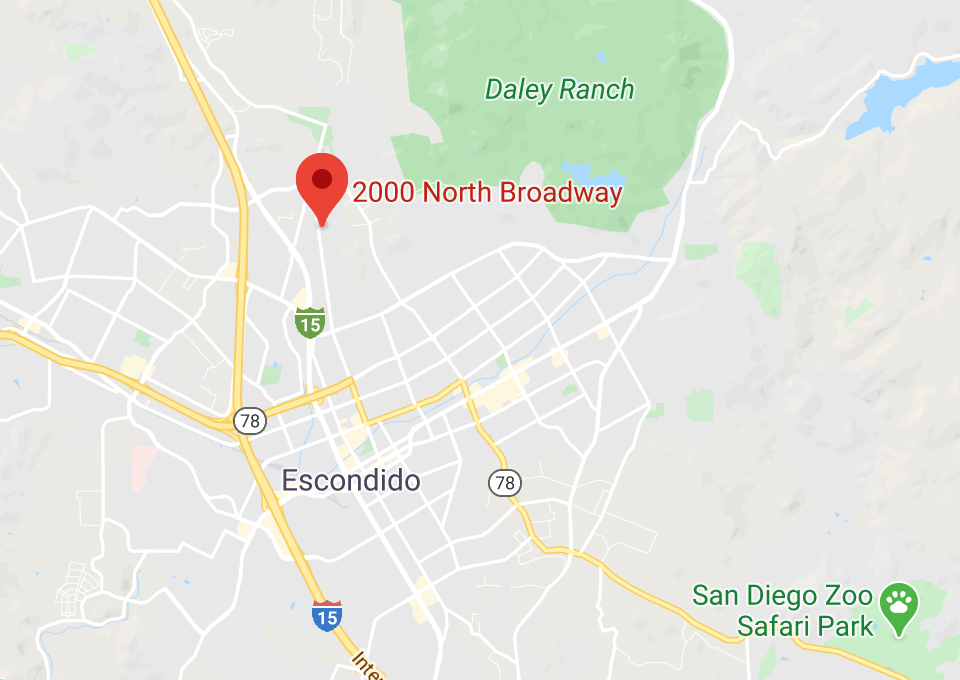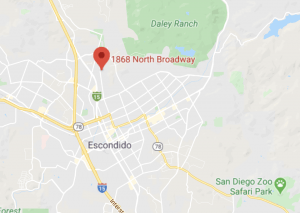Some of my friends who teach in schools still functioning at a distance look at me like it is some sort of sacrifice to trust the masks, distancing, and other regulations to protect my health during in-person education. Others look at my situation and turn green with envy, after struggling to connect with their students through a screen, and wish they could be there with their strugglers to tell them they are alright. Maybe both are right in their own way… but if it is a risk, I will gladly take it because of what those who crave the one-on-one contact I am able to get intrinsically know. Here are 5 reasons why I think the more complicated protection we implemented to allow for in-person education is critical:
1. When we are in person, I can read their body language. Even if I can’t see the bottom half of their face, it is critical to be able to tell if they are engaged without any lag or grainy pictures. Are they confused and too scared to tell me? Was there a sudden light in their eyes when I talked about object permanence that means they have a story to share? Did they walk in completely exhausted and need a stretch break before we start? I already know, because I see their eyes, their shoulders, their hands. They are not lost. They are with me.
2. I set the tone. I’m not fighting with the student who wanted to bring their tuba to the Zoom meeting, I can confiscate it. They can’t be playing Animal Crossing out of the picture, I can see them. Their attention is not divided between me and their brother yelling in the other room. I can set the tone in the room I have specifically arranged and decorated so they can learn without distractions.
3. The invisible curriculum is in full effect. I am not just teaching students facts. I am teaching them how to apply what they are reading to life. Sure, you may know what Pearl made an “A” out of in chapter 5 of the Scarlet Letter, but have you confessed one on one in the hall with me when I found you plagiarized your paper? You may understand the pain caused in the novel from being rejected, but have you been selective about who may sit at your table at lunch? I want to see you live the way I see you read.
4. I can build new relationships. Two of my classes this year are full of students I have never taught before. My upperclassmen know my style, my expectations, my sense of humor, what lines can and can’t be crossed in my classroom. The new kids won’t know if I’m smiling or frowning when I am just one of the 25 faces on the Zoom Screen. They won’t know my eagerness to stand beside them and help them make the little corrections on their paper that will earn them formatting points, and take them out of their shell of fearing to ask for help. They won’t know that I don’t just want to see them in the classroom, I want to trade a laugh in the hall, cheer for them when they play ping-pong, and ask how their day is in the lunchline. I don’t just care about their grades, I care about them. Until we’ve laughed together and struggled together, we can’t effectively learn together.
5. We are a community. 25 students in a classroom is one thing, but we aren’t just classes of 25, we are a whole community. Gathering as a whole High School, even spaced apart, to hear teachers share what God is teaching them in chapel is an important, different piece of the experience. Underclassmen and upperclassmen mingling on the quad at break is an important, different piece of the experience. Everything from being greeted by the ladies in the office in the morning, to the smiles from those serving lunch, stopping in between classes for additional tutoring, petting the therapy rabbit, or seeing the Spirit Club put an honorary magnet on your locker are pieces of the experience that don’t translate online. As Psalm 133:1 exclaims, “How good and pleasant it is when God’s people live together in unity!”

That is how I feel interacting with my students and fellow faculty this year.
—-
Shelli Lundgren is the High School English teacher at Calvin Christian High School.



